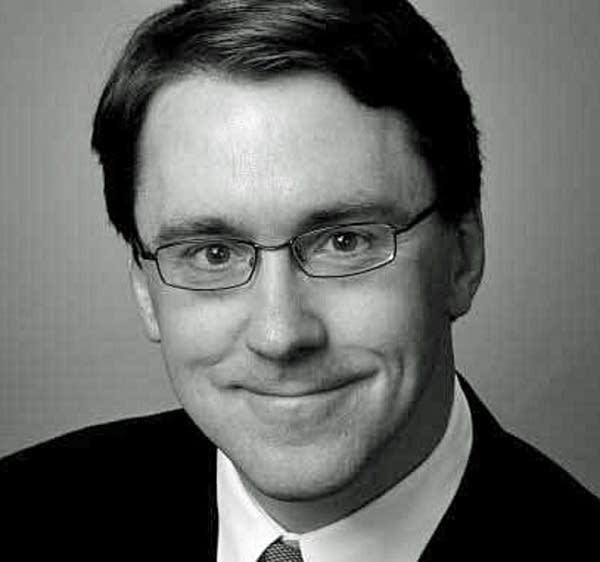Dr. Jon Hallberg: Minn. health system scores high

Minnesota was recently ranked first in the country for its health system by the Federal Agency for Healthcare Research and Quality.
Minnesota earned high scores for hospital care, ambulatory care and nursing home care. But the state also received a low score in home health care.
MPR's medical analyst Dr. Jon Hallberg discussed the rankings with Tom Crann of All Things Considered on Tuesday. Hallberg is a physician in family medicine at the University of Minnesota and medical director of the Mill City Clinic.
An edited transcript of that interview is below.
Create a More Connected Minnesota
MPR News is your trusted resource for the news you need. With your support, MPR News brings accessible, courageous journalism and authentic conversation to everyone - free of paywalls and barriers. Your gift makes a difference.
Dr. Jon Hallberg:It's two main issues: It's the institutions, the places where people seek care and that oversee the care, and then the population itself. It really breaks down to those two main groups.
Tom Crann: When it comes to the places where people seek care, the quality of the care providers here would have to be ranked pretty high?
Hallberg: I think that's one of the factors. There's something very unique here in Minnesota. If you look at the Mayo Clinic, the University of Minnesota, the Academic Health Center, the number of physicians, nurses, administrators, health care officials produced by those institutions is really amazing, and sets the bar very high.
Crann: What's behind that? The training?
Hallberg: I think so. For example, in the medical school we have a Duluth campus that produces family physicians with the intention of going to rural care. And then the Twin Cities campus has this wonderful program, the rural physician associate program. They further make sure that we get the state covered. You've got physicians, you've got programs now that are getting pharmacists to small communities. There's something that's been in the works for decades, literally, so this is not an overnight phenomena. We've really done a great job of training the people who provide care in this state.
Crann: Are there other institutions outside the clinic here that are contributing to this?
Hallberg: It goes without saying that we probably have the best [state] Department of Health in the country. Whether we have epidemics or we're looking at immunization rates or we're getting information out about outbreaks and things like that, it's just second to none. And that's part of this picture.
Crann: Minnesota has been historically an innovator when it comes to group practice as well, doctors practicing in a group as you do. What's the difference with that sort of structure and with the structure of solo practitioners, which are more common in other places?
Hallberg: If anyone travels to other parts of the country, Texas or Florida, for example, you see so many solo practitioners. In Minnesota, we're the land of group practice, something that was pioneered by the Mayo Clinic.
What happens is you've got oversight and you also have a bit of peer pressure that's built into that. It's hard to be a physician or a nurse or health care provider of some kind who's not up to snuff. Sometimes we feel like it's a little bit of a Big Brother feel to it, which can be uncomfortable. There's a motivating factor, you want to be one of the best, and you want to be up there with your peers.
When you're practicing in group practice, you're bumping into each other all the time. You're constantly asking each other questions and learning every single day.
Crann: Do you also think there's better health education and awareness in the population in general here in Minnesota?
Hallberg: I do. I think for all kinds of reasons, whether it's just that people are just interested in caring for themselves or the messages we get out. I think there's something sort of in the air about that here.
Crann: There are disparities of care in Minnesota, as there would be anywhere.
Hallberg: I'm not sure it's the darker side of the story, but the reality is there's a great deal of work to be done. We certainly know that in communities where poverty is prevalent, that there's a much higher rate of health disparity and therefore less access to good care, certainly not for lack of trying, but that reality exists.
Crann: And Minnesota's overall score was 67 out of 100, top in the country, but that means there's room for improvement here, doesn't it?
Hallberg: It sure does.... With the accolade, we have a definite tempering to it here.
Interview transcribed and edited by Jon Collins, MPR reporter.
